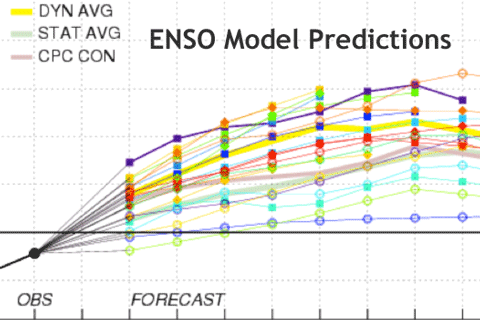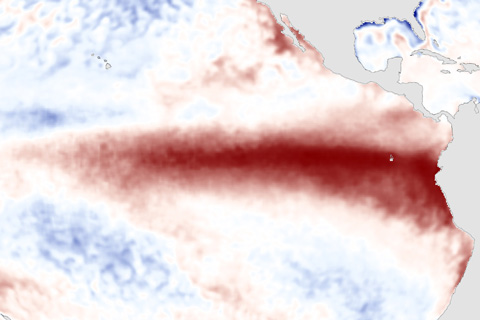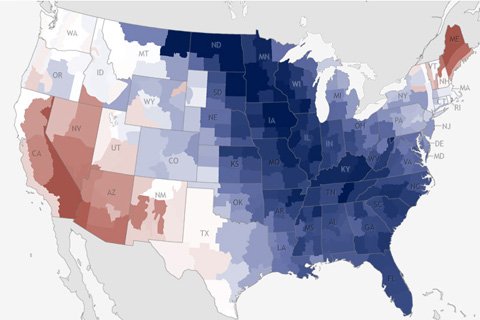
The forecast models are largely in agreement that SSTs will continue to trend upward, with the majority of models indicating a Niño3.4 index value above 0.5°C by early summer. Forecast show the chance of El Niño increasing during the remainder of the year, exceeding 65% during the summer.

Though ENSO is a single climate phenomenon, it has three states, or phases, it can be in. The two opposite phases, “El Niño” and “La Niña,” require certain changes in both the ocean and the atmosphere because ENSO is a coupled climate phenomenon. “Neutral” is in the middle of the continuum.

A team of climate scientists—actual nerds!—discuss the current El Niño Watch and offer perspectives and analysis on the progression of El Niño.

During March 2013, most of the eastern United States was notably cooler than average, with the exception of New England. Along the Rockies, temperatures were closer to normal.